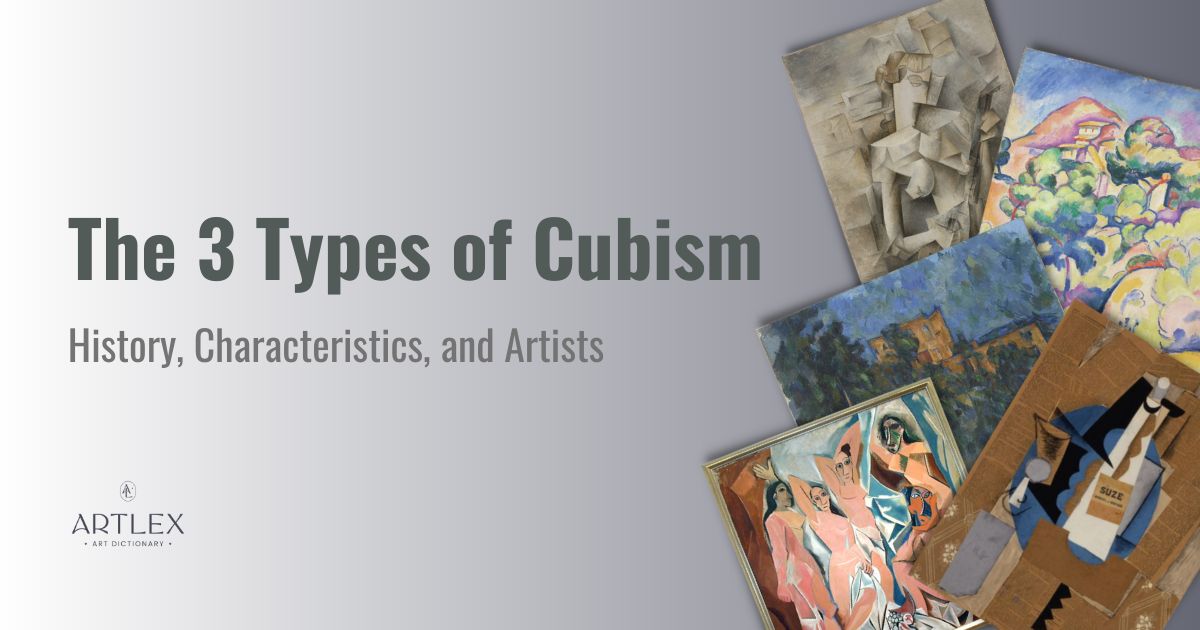
Cubism is an avant-garde Modern art movement that is complex and highly experimental. Artistic experiments in Cubism gave rise to an “early Cubist” phase, encompassing Proto-Cubism and Cézanian Cubism. Then, Cubism developed in two distinct phases: Analytical Cubism, and Synthetic Cubism.
Proto-Cubism is the initial phase that marked the evolution from Impressionism to Cubism, occurring at the start of the 20th century until the birth of Cubism as a movement. Proto-Cubism is often called Cézanian Cubism because this phase was dominated by French artist Paul Cézanne’s avant-garde, highly geometric representations of landscapes and other subject matter.
Analytical Cubism emerged around 1907 and lasted until 1912 and is the first official phase of Cubism. In Analytical Cubism, the subject matter is divided into flat planes representing the object, person, or landscape from different angles. Muted colors and dark, earthy tones and shades are commonly used by artists in Analytical Cubist paintings.
Synthetic Cubism occurred between 1912 and 1914 and is the second major phase of Cubism. Synthetic Cubism also features fragmented subject matter but with a flatter composition, leaving little trace of three-dimensional space. Synthetic Cubism was also about artists experimenting with patterns and textures, adding objects such as newsprint and other paper-based ephemera to their paintings.
Spanish artist Pablo Picasso and French artist Georges Braque were at the forefront of Cubism throughout its many phases. However, their experiments attracted many artists already working under the umbrella of movements such as Impressionism and inspired them to embrace Cubism.
1. Proto-Cubism
Proto-Cubism is the experimental phase between Impressionism and Analytic Cubism that occurred from the start of the 20th century until around 1906. Proto-Cubism is sometimes grouped with Cézanian Cubism, a nod to French Post-Impressionist painter Paul Cézanne’s profound influence on the birth of the Cubism movement.
Cézanian Cubism refers to Cézanne’s geometric, angular paintings and the distinctive style that bridged Impressionist style and Cubist style. Cézanne was interested in simplifying natural forms to their geometric foundations using “broken brushwork” and “constructive brushstrokes,” which were common Impressionist techniques.
Cézanne’s method of constructing shapes with fragmented brushstrokes and his analytical approach to painting landscapes impacted Cubists, Fauves, and successive generations of avant-garde artists.
Proto-Cubism Characteristics
Many early Cubist paintings also appear to capture the physical world’s creative essence rather than simply reproducing what is observed in nature. Proto-Cubist paintings, such as those of Paul Cézanne, achieve this creative appeal because their use of color, form, and perspective deviate from tradition.
Cézanne constructed shapes and forms within his paintings using modulated color rather than continuous lines and many cubic and conic forms were blended into the scenes depicted. Classical perspective, generally perceived as the illusion of three-dimensional space, is also gradually eliminated from Cézanne’s efforts at objective representation, revealing an overall flattening of the picture plane.
Proto-Cubism Art
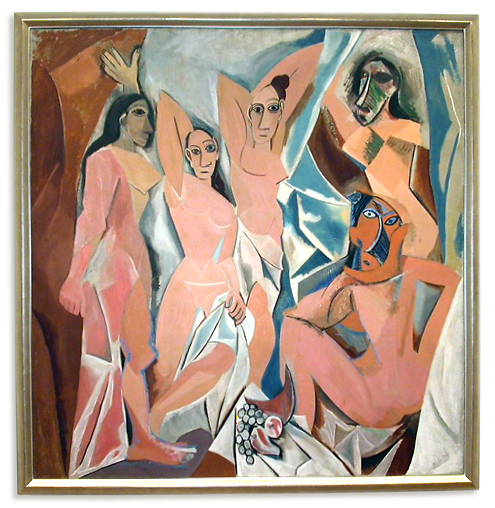
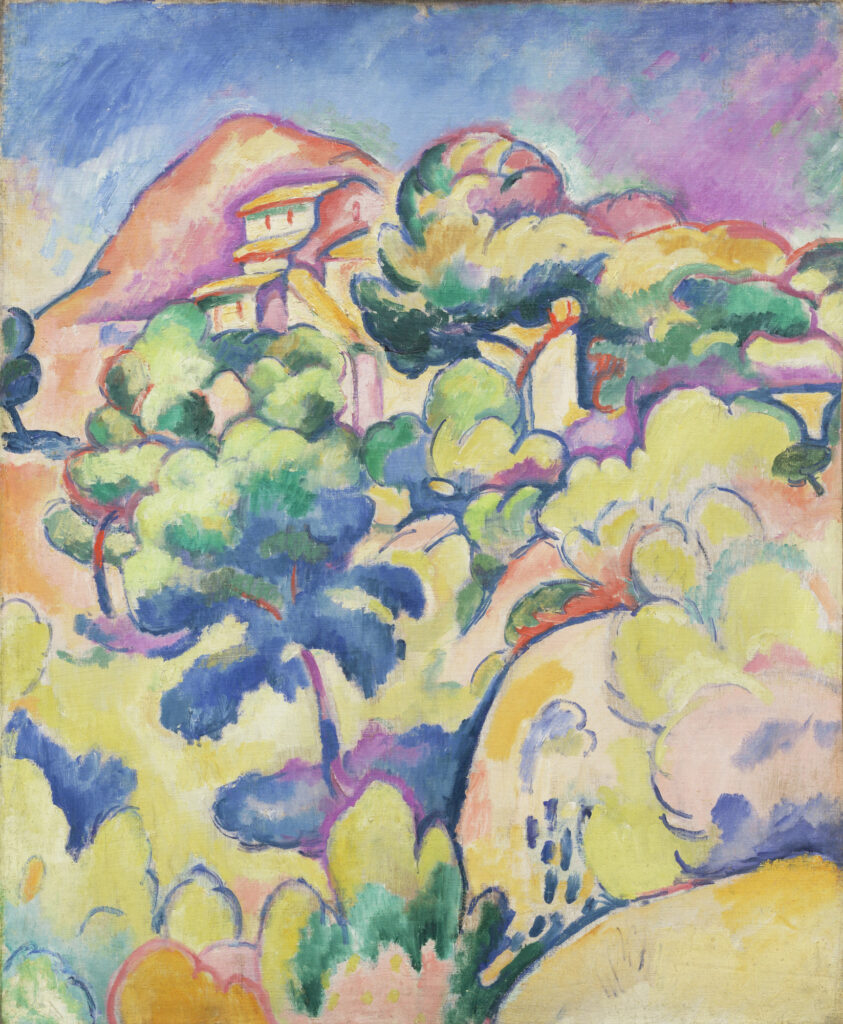

Proto-Cubism Artists
Paul Cézanne was a key figure in the early experiments leading to the birth of Cubism. Cézanne’s quasi-geometric paintings led to many early experiments in painting by Pablo Picasso and Georges Braque that eventually helped crystalize and unify Cubism as its own movement.
Jean Metzinger, Gino Severini, and Robert Delaunay were also among the artists experimenting with the Proto-Cubist style despite previously working under the umbrella of Fauvism. The work of Henri Matisse, Paul Gauguin, André Derain and other Fauves also played an essential role in the development of Cubism.
2. Analytic Cubism
Analytic Cubism is the early phase of the Cubism art movement that developed around 1907 and lasted until 1912. Analytical Cubism describes the analytical, piece-by-piece approach artists used to represent their subjects, much like an aesthetic dissection of form.
Taking Cézanne’s avant-garde approach to painting one step further, Picasso and Braque’s experimental style influenced a second major phase of Cubism called Synthetic Cubism.
Analytic Cubism Characteristics
Analytic Cubism is characterized by paintings that represent a subject from multiple overlapping viewpoints within a single picture plane. The resulting artworks have a fragmented, geometric, abstract appearance and a monochromatic color palette.
Analytic Cubism Art
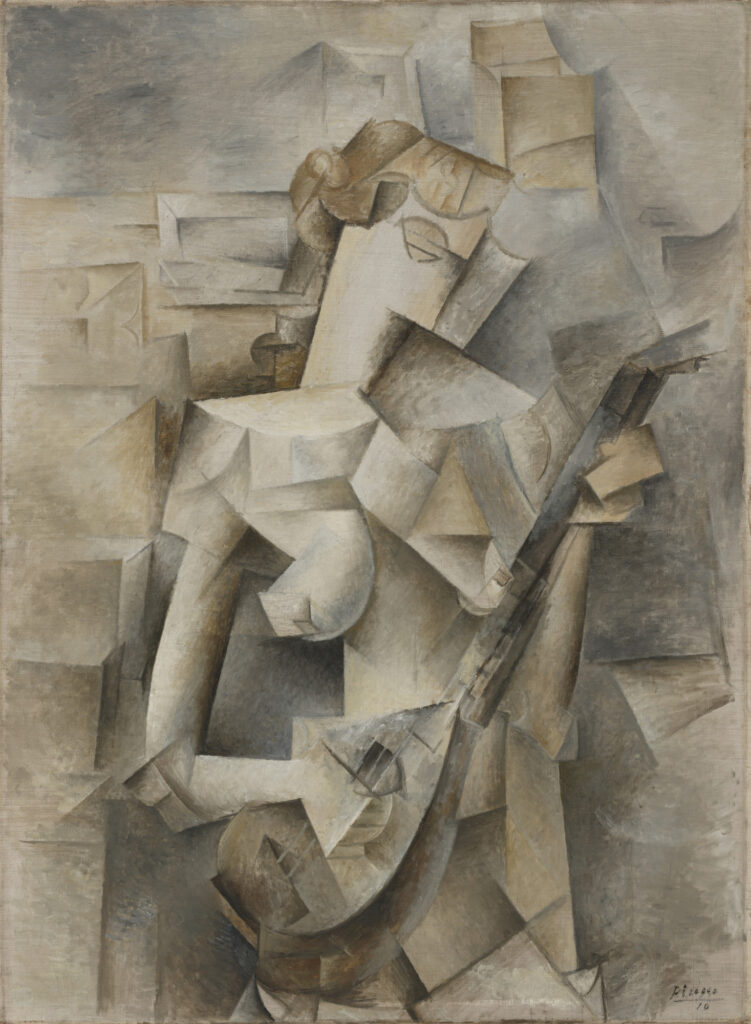
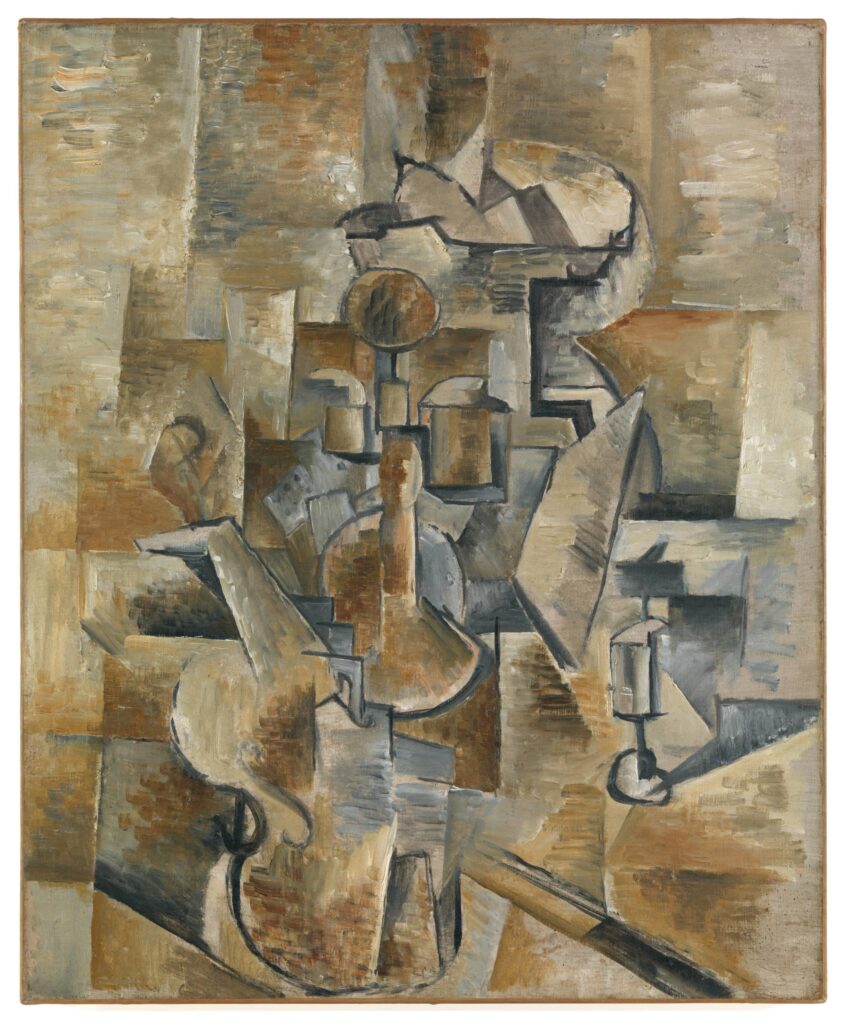
Analytic Cubism Artists
Artists Pablo Picasso and Georges Braque were at the forefront of Analytic Cubism for many years, along with Juan Gris. Many other artists began to embrace the unconventional methods of Cubism, such as Albert Gleizes and Jean Metzinger.
3. Synthetic Cubism
Synthetic Cubism is the second phase of the Cubism art movement that lasted from around 1912 to 1914.
Synthetic Cubism is characterized by flat depictions of everyday objects and bolder, more symbolic compositions than its precursor, Analytical Cubism. The Subject matter in Synthetic Cubist paintings was less structured than that of Analytical Cubism. In fact, it bordered on abstraction and was an important influence on the development of abstract art.
Papier collé, a cutting and pasting technique central to Synthetic Cubism, is also the precursor to what we now know as collage.
Synthetic Cubism Characteristics
Unlike the deconstructive process of Analytical Cubism, artists working in the style of Synthetic Cubism represented their chosen subject matter, usually existing objects and people, through a combination of everyday materials and oil paint. The colors used in Synthetic Cubist art are also varied and more vibrant than the monochromatic palette of Analytic Cubism.
Synthetic Cubism Art
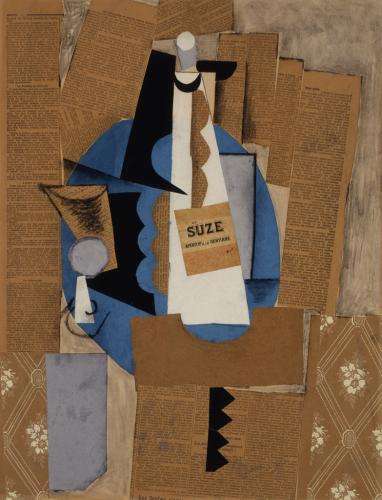
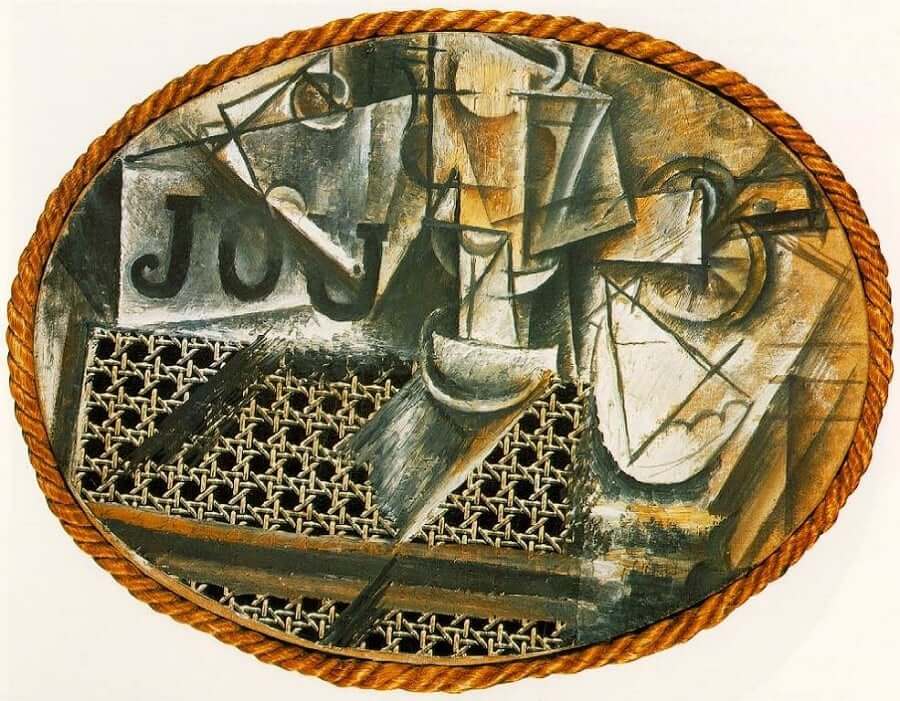
Synthetic Cubism Artists
Much like Analytic Cubism, Synthetic Cubism was led by artists Pablo Picasso and Georges Braque. By 1912, many more artists worked alongside Picasso and Braque in the Cubist style, including Juan Gris, Jean Metzinger, Albert Gleizes, Robert Delaunay, Henri Le Fauconnier, and Fernand Léger.
What are Other Art Movements Similar to Cubism?
Cubism is unique in terms of its overall “look,” but many art movements that developed later in the 20th century used many techniques that were staples of the Cubist aesthetic.
Cubism influenced later artists and art movements, inspiring Dadaism, Surrealism, Futurism, Suprematism, Constructivism, De Stijl, and Pop art. These movements all share elements of abstraction, experiments in perspective, and the occasional mixed media artwork, all trademarks of the Cubist style.
